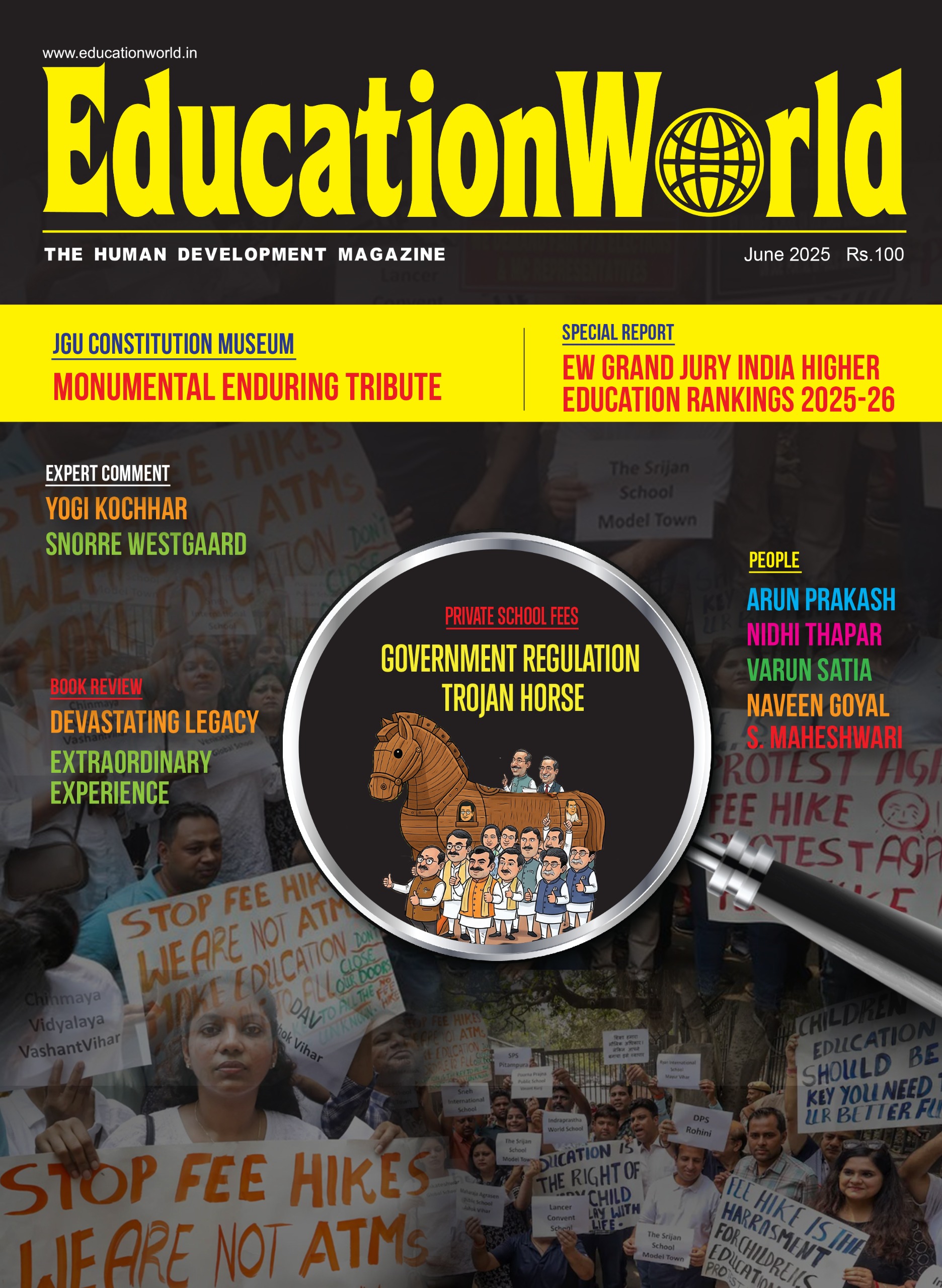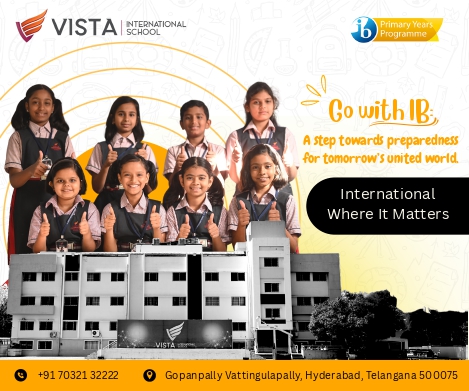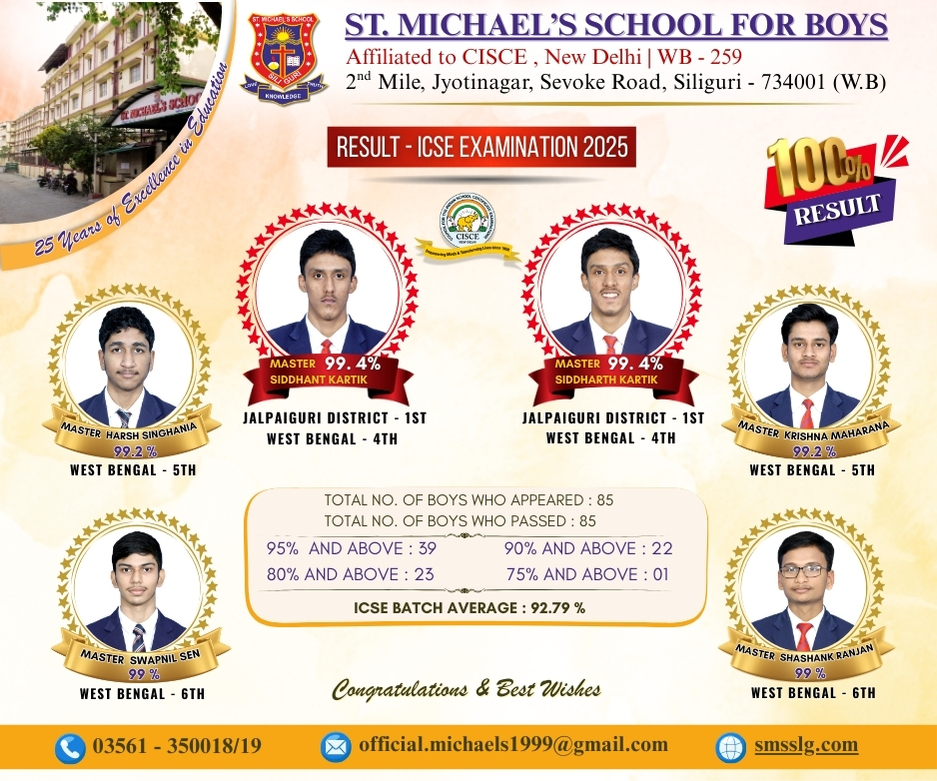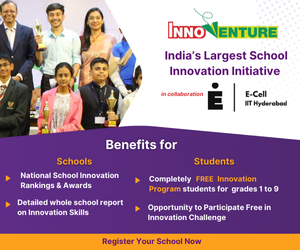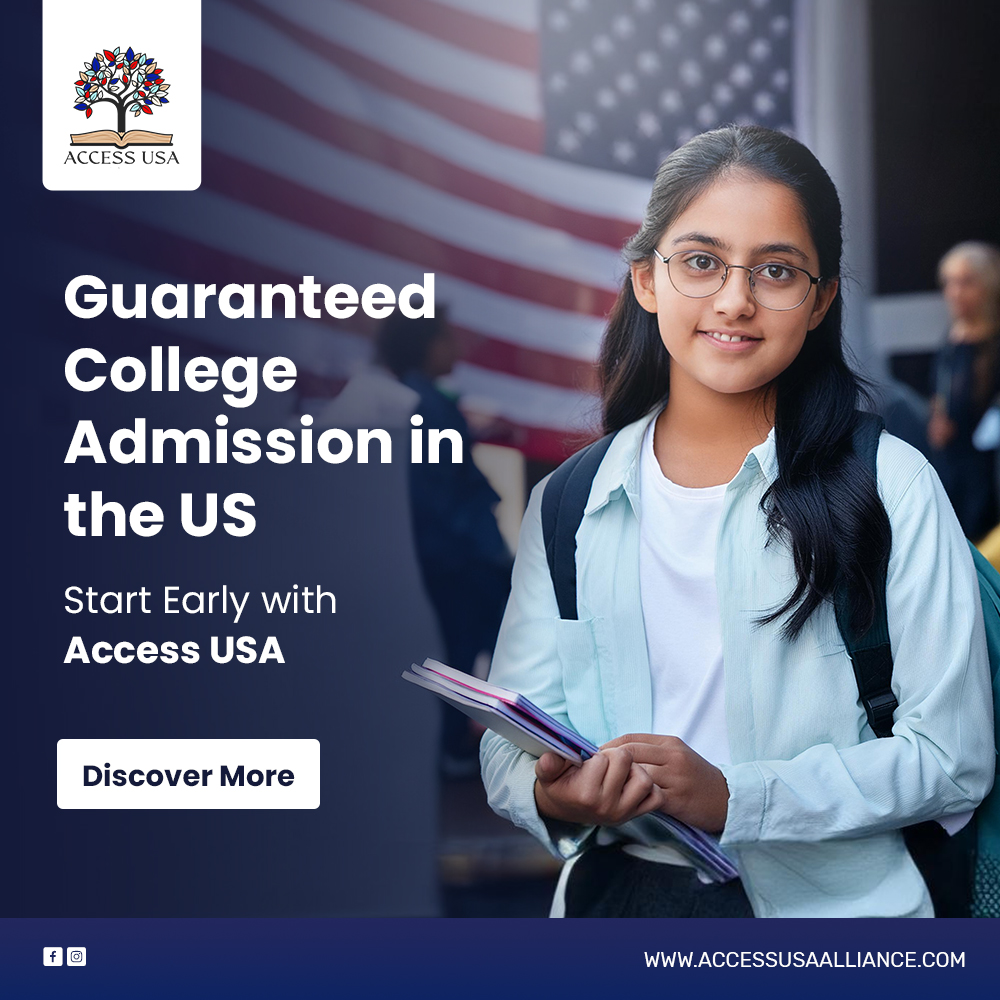– Mugdha Sharma, Prof. J K Verma & Prof. Prem Kumar Kalra
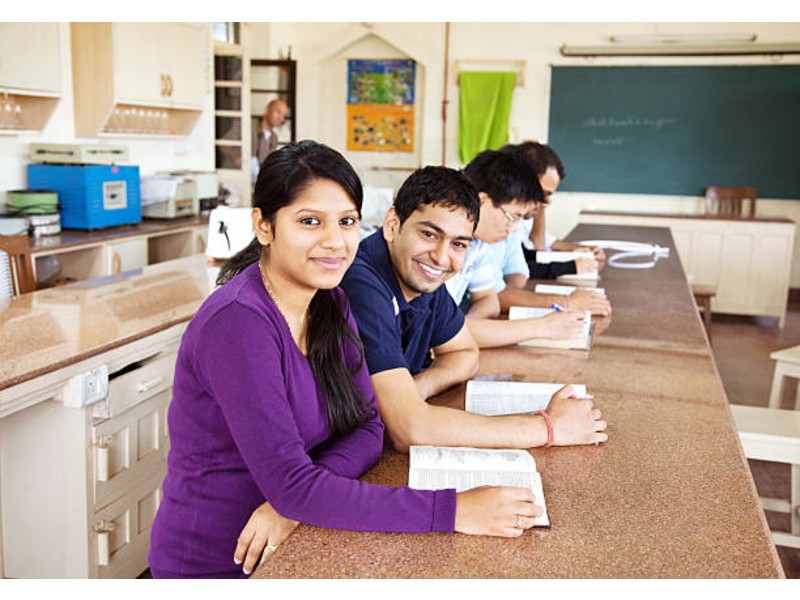 The classroom today has evolved into a dynamic space enabling students’ interaction with peers, teachers, and the natural world. Years ago, Rabindranath Tagore had envisioned an open-air classroom that encourages creativity, experiential learning, and diverse forms of expression such as poetry, visual and performing arts, and multiple languages. His holistic vision of education promoted curiosity and deeper engagement with knowledge.
The classroom today has evolved into a dynamic space enabling students’ interaction with peers, teachers, and the natural world. Years ago, Rabindranath Tagore had envisioned an open-air classroom that encourages creativity, experiential learning, and diverse forms of expression such as poetry, visual and performing arts, and multiple languages. His holistic vision of education promoted curiosity and deeper engagement with knowledge.
Needless to say that today, technological advancements facilitate more inclusive, experiential, and collaborative learning, connecting local experiences with global contexts. Therefore, the classroom has become a true Global Classroom. The Fourth Industrial Revolution (4IR), with disruptive technologies such as artificial intelligence, machine learning, and algorithms, demands changes in educational systems. To keep pace with this, classrooms need to be in sync with pedagogy, ethics, evaluation, and leadership skills.
Much of the learning environment is being reshaped by the latest technologies such as robotics, virtual reality, and the Internet of Things. Teaching has become more interactive, accessible, and personalised. Access to international resources, libraries, and labs has become possible because of the enhanced connectivity, fostering global learning communities. ICT tools shift the focus from rote memorisation to collaborative problem-solving. Cultural events, sports, culinary arts, recordings, podcasts, and debates further enrich learning experiences. Education is no longer confined to traditional physical settings; students now have the autonomy to choose their learning pace, style, and assessment methods.
From early childhood to higher education, we can discern a significant transformation with a shift toward a flexible, inclusive, and globally connected educational landscape, empowering learners and educators alike. The concept of schooling has undergone a sea change: from blackboards to ICT-enabled smart classrooms. AI, robotics, and virtual labs have become major players in personalized learning. The double-edged power of ICT has been realised very well. It fosters interactive, student-centred education and empowers teachers to curate content creatively.
The G-Local classroom model allows students from different geographical locations to learn together while incorporating the neuroscience insights that emphasize learning through experiences and patterning. It supports early interaction learning where development is shaped by the environment. In a VUCA world, education needs to incorporate STEM, STEAM, and SHAPE in order to train critical, creative, and adaptable thinkers. Learning should extend beyond the classroom to encompass the exploration of cultures, languages, and civilisations to nurture globally sensitive curiosity.
Even with technological advancements, foundational learning still requires critical reasoning and ethical thinking. The G-Local approach regards every learner as a knowledge node in a global network and readies them for complex global challenges through integrated, holistic, technology-embracing education.
Educational goals are mostly universal which allows opportunities for collaboration in a few limiting ways: Special (Lecture, Events, Co-curricular), Integrated (Collaborate to complete a significant component of the course such as a project or internship), and Inclusive (collaborative across a number of programmes, possibly with dual affiliations with universities) creating rich, cross-cultural learning, and further learning outcomes from the perspective of international education.
Global education can be fostered in the early years at preschool through songs, drama, and interactions with varying cultures. Jensen talks about the role of emotions when it comes to recalling information. Activities that trigger strong feelings create more connections to memory. Virtual visits, activities that require collaboration, and group projects in schools can develop cultural literacy and ensure experiences that shape young minds through meaningful and engaging experiences.
The G-Local Classrooms and Research Platforms were developed to ensure that affordable, technology-enabled engagement meant moving beyond the traditional ways of student mobility, towards global mobility through the virtual and augmented reality of collaborative classrooms. The virtual classrooms include a significant aspect of intercultural exchange that helps students develop and engage in creative problem-solving, while also bringing diversity to local learning through a global perspective. The synchronous and asynchronous tools can ultimately bridge time and space, and at the same bank enhance the effective inclusion of education.
Global classrooms have the ability to embed international content so that ‘co-learning’, engagement with local cultural settings, context, and appreciation of culture can work together to provide solutions to local and global challenges. Studies show that those who engage in this type of collaboration become more adaptable and competent in cross-cultural work settings. The global classrooms help students engage in a culture of reciprocal learning at the next level by fostering global awareness and global leadership from a local context.
The G-Local approach provides opportunities for 21st-century collaborative inquiry and project skills (critical thinking, collaboration, creativity and communication) aligned with national values while enabling global collaboration and mobility of students. G-Local connects classroom based learning with real world problems by employing ‘Lab to Land’ practices to scale students’ local experimentation globally and vice versa.
Also read: New classrooms of the future














